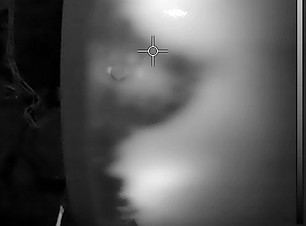
Understanding Non-Destructive Testing in the Aviation Industry
Non-Destructive Testing , more commonly referred to simply as "NDT", is a critical practice within the aviation sector, akin to undergoing a medical check-up without the need for invasive procedures. Instead of surgery, technologies such as ultrasounds, X-rays, or MRI scans are used to examine the internal health of a patient. Similarly, NDT involves evaluating the integrity of aircraft components without altering or damaging them. This method ensures safety and functionality by detecting potential issues before they lead to significant problems.
Common NDT Methods
NDT is employed across various industries, but its application in aviation is particularly stringent due to the critical nature of the defects it seeks to detect. Here are some commonly used NDT methods:

Fluorescent Penetrant Inspection
This technique is used to detect surface-breaking defects in non-porous materials. It involves detailed surface preparation followed by the application of a fluorescent penetrant that is examined under UV-A light. It's crucial for identifying even the smallest cracks which, while potentially harmless in other settings, could be catastrophic in aviation.

Magnetic Particle Inspection
This method is ideal for inspecting ferromagnetic materials, detecting surface and near-surface discontinuities using magnetic fields and small magnetic particles.

Eddy Current Testing
This technique is widely used for examining electrically conductive materials at the surface or shallow depths, making it the go-to method in maintenance, repair, and overhaul (MRO) operations where aircraft with aluminium structures are predominant.

Ultrasonics
This method uses high-frequency sound waves, that the human ear cannot hear, to detect internal flaws or to characterize materials. It requires a deep understanding of the materials being inspected to accurately interpret the sound waves' reflections within the material. It is also commonly used to quickly determine the thickness of a material.

Thermography
Infrared cameras are used to detect and measure variations in surface temperatures; in aviation, this can be crucial for identifying issues like water ingress in composite materials.

Radiography
Similar to its medical application, this method uses ionising radiation, such as X-rays, to see through components to detect internal flaws such as cracks, voids, foreign objects or deformed internal structures.
NDT Personnel and Training
Regulations under Part-145 outline specific requirements for NDT personnel, emphasizing the need for comprehensive training, qualification, and certification according to EN4179—a standard that leans towards manufacturing applications but is crucial for MRO activities as well. NDT professionals are categorized into three levels:
-
Level 1 Technicians are typically beginners with limited training and experience who require close supervision. There are very few situations where Level 1s are allowed to certify their own inspections.
-
Level 2 Technicians are the operational backbone, capable of conducting tests and interpreting results independently.
-
Level 3 Experts develop techniques and procedures, ensuring that all practices meet stringent safety and quality standards.
Each organisation would also need to have a Responsible NDT Level 3, and expert to oversee the training and qualification of NDT personnel. Many organizations opt to contract these specialists to ensure the highest standards of safety and compliance are maintained.
NDT remains an indispensable part of the aviation industry, playing a pivotal role in maintaining the safety, reliability, and longevity of aircraft worldwide. As technology and materials science continue to evolve, so too will the techniques and applications of NDT, ensuring that the industry can meet the challenges of safety and innovation head-on.



